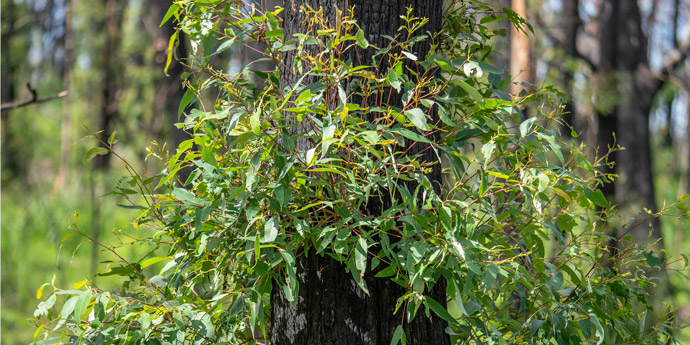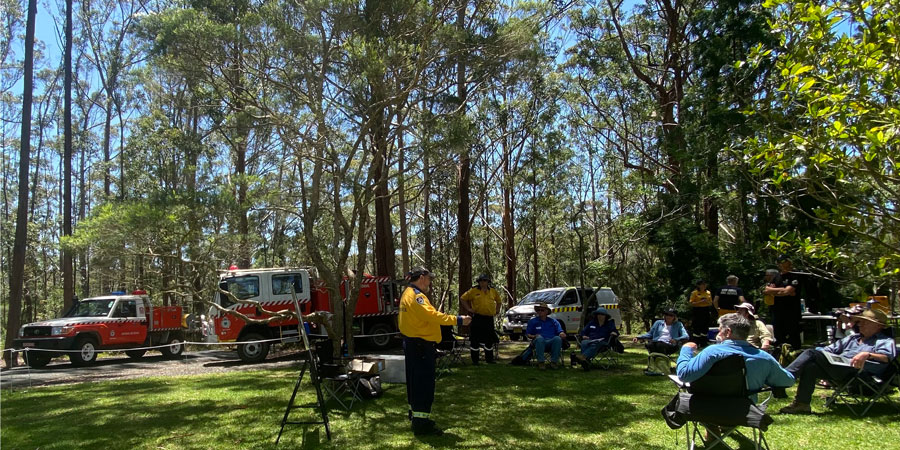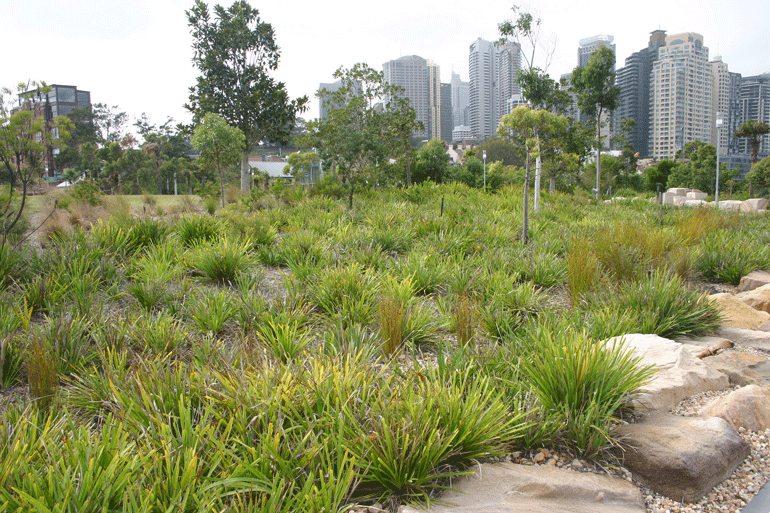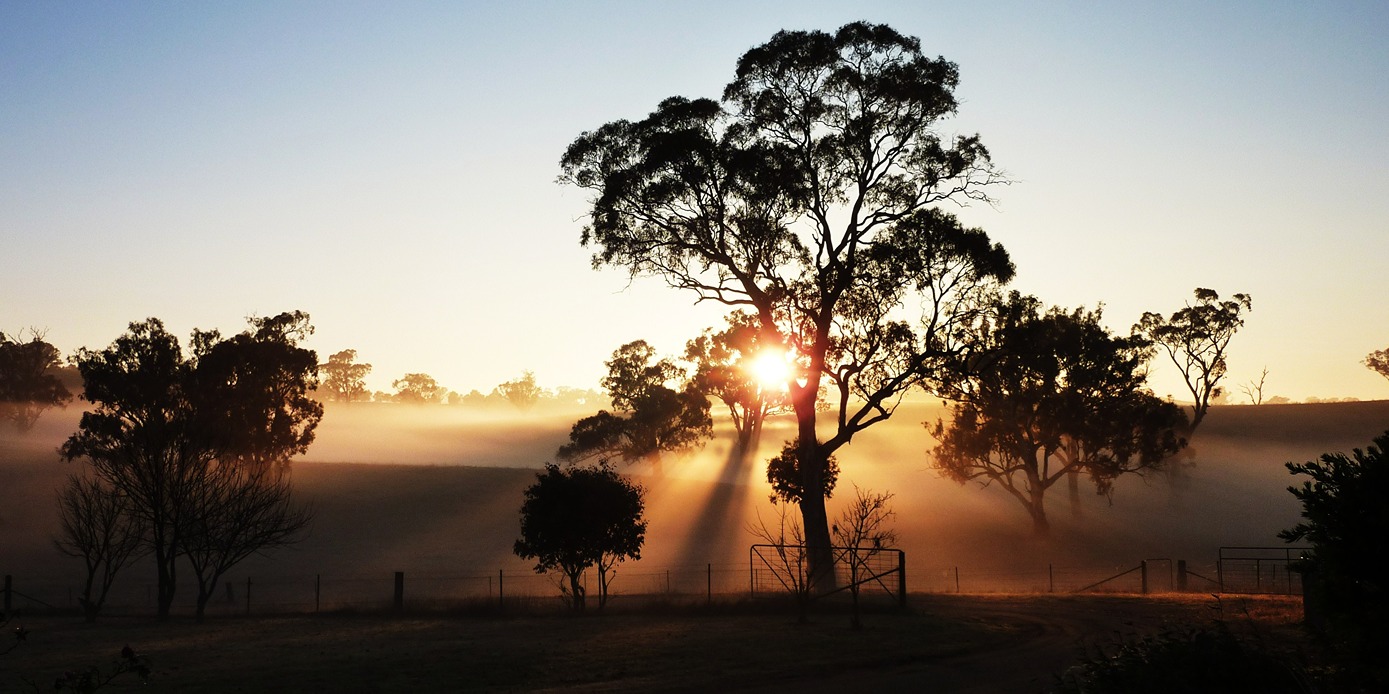About this case study
Bushfires
Communities
Education
The Black Summer bushfires that tore through Australia in 2019 and 2020 burnt 5.3 million hectares of New South Wales – 6.7 per cent of the state.
Around 70 per cent of the vegetation within our local government area was burned in the bushfires. Our communities were traumatised and didn’t know where to start to build resilience and recover.
Jessica Leck, Regional Landcare Coordinator
The “long-lived fires” were the largest in scale on “modern record” in New South Wales, according to the Australian Bureau of Meteorology and the total area burnt was “the largest in a single recorded fire season for eastern Australia”.
The properties of more than 2,000 landholders within the MidCoast Council were damaged in the fires. Some lost infrastructure, like fencing, water tanks and machinery. Others lost homes. Some lost their lives.
The bushfires exposed the deep emotional connection that landholders have to their landscapes, says Landcare Regional Coordinator, Jessica Leck. “It hurt them to watch the bush they loved be burnt.”
According to AdaptNSW’s North Coast climate change snapshot, the forest fire danger index on the North Coast is expected to increase, presenting greater risk of fire during spring and summer.
To help the community recover from the Black Summer bushfires and build resilience ahead of future fire seasons, Mid Coast 2 Tops Landcare Connection, or MC2T, developed a series workshops and resources that had a bigger impact than anyone expected.
MC2T incorporates three member networks: Manning Landcare, Manning Coastcare Group and Karuah Great Lakes Landcare. The network spans the coastal areas from Crowdy Bay and Johns River to Tea Gardens in the south. Inland, MC2T works throughout the highlands including Stroud, Gloucester and Barrington Tops.

The workshops built on the Hotspots Fire Project, an education and training program developed by the NSW Rural Fire Service. “We worked with landholders to look at the vegetation on their properties and to develop burn plans that would make them feel safe and also support biodiversity.”
The Property Resilience and Recovery Workshop series, recordings of which can be watched online, also aimed to help landholders with property preparedness and maintenance throughout the seasons.
MTC2 also developed a Property Recovery and Resilience Action Planning workbook which, step by step, takes bushfire-affected landholders through the process of planning for recovery and resilience in a changing climate.
“A landholder whose property has burnt down to ground zero will need to think about different issues to someone who may be looking to improve biodiversity after losing some bushland,” Jessica explains.
MC2T’s project shared knowledge, built skills, confidence and resilience. “We had the bushfires and then Covid. Our community was really hurting and couldn't come together to heal. But we were lucky to sneak in the property resilience workshops just after the first wave of Covid and people told us how much they valued being able to come together.”
The workshops and resources helped attendees amass what Jessica calls ‘eco-literacy’. “Once people are eco-literate – and have an understanding of how ecosystems operate – they prioritise looking after landscapes in a way that serves both them and the environment.”

The project has “invigorated” Landcare’s Conservation on Private Land Program and Landcare has since secured a grant to fund a conservation officer that shows landholders the ‘natural highlights’ on their properties and provides conservation tips and tricks to improve biodiversity.
But importantly, MCT2’s work served as a powerful social connector. “Recovery comes from a connected community. The workshops had a positive mental health impact on traumatised landholders and helped them understand that the fires were part of the vegetation lifecycle.”
Except for our rainforests, most vegetation in Australia has a natural burn cycle. In many Australian plant species, flowering, seed release or germination only happens after a fire.
Jessica Leck, Regional Landcare Coordinator, Landcare
This project was funded by an Increasing Resilience to Climate Change grant from the NSW Government.



